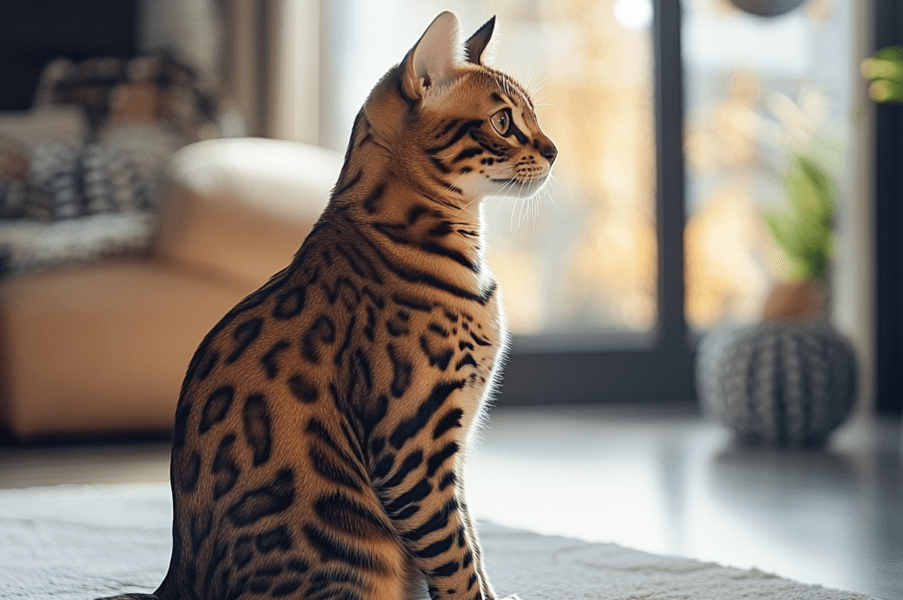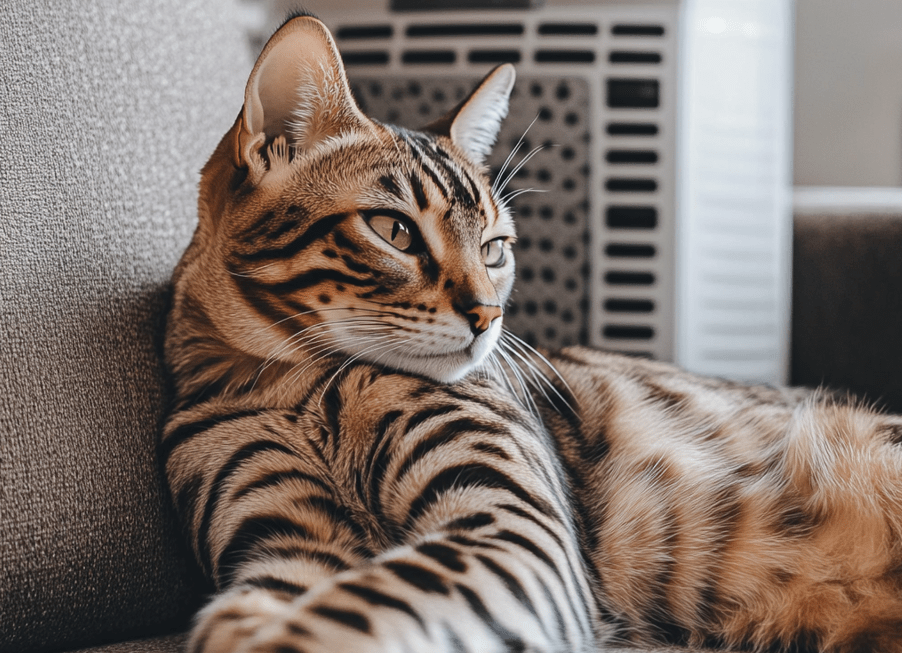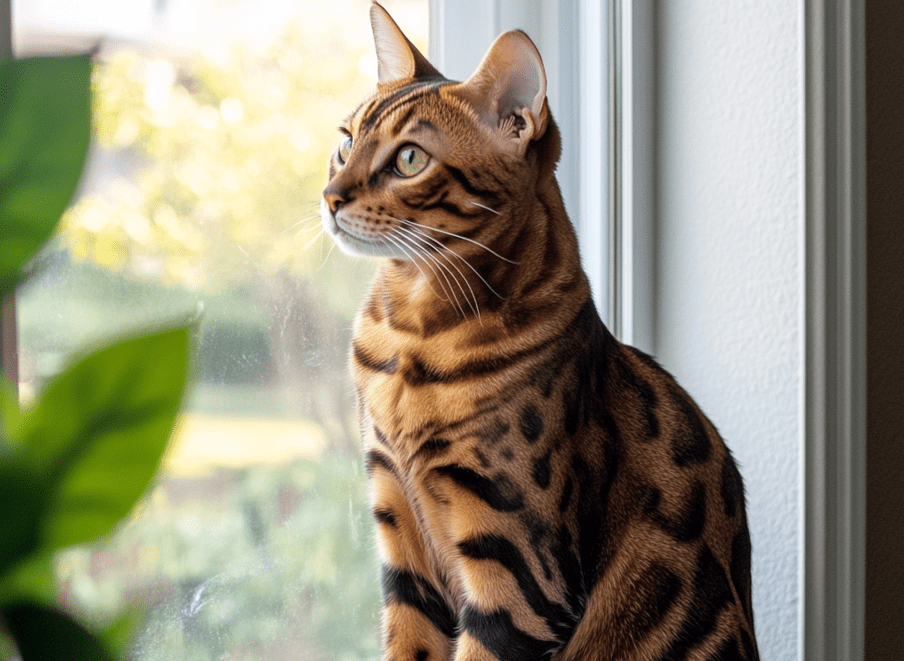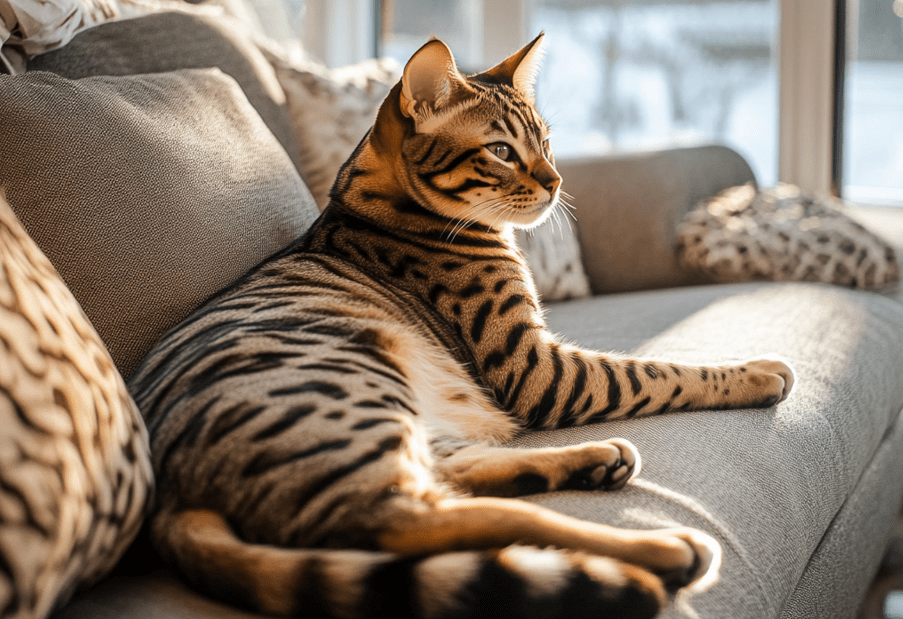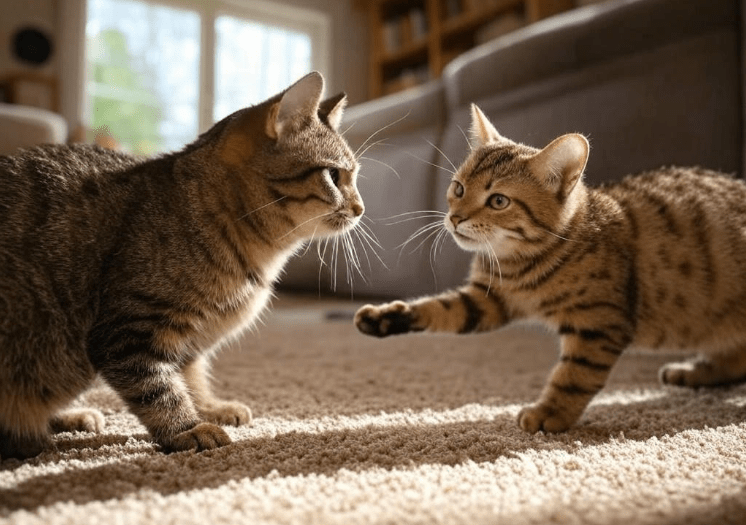
Bengal cats are known for their high energy, agility, and playful nature, making them perfect candidates for a cat wheel. If you’re wondering how to encourage your Bengal cat to use a cat wheel, you’re in the right place. A cat wheel provides an excellent outlet for your Bengal’s boundless energy, helping them stay fit and mentally stimulated. This comprehensive guide will walk you through proven strategies, practical tips, and expert insights to get your Bengal cat sprinting on their wheel in no time.
Why Bengal Cats Benefit from a Cat Wheel
Bengal cats are a unique breed with a strong prey drive, athletic build, and a need for constant stimulation. Originating from the Asian leopard cat, Bengals thrive on activity and exploration. A cat wheel, also known as a cat exercise wheel or treadmill, mimics the running and chasing behaviors they’d exhibit in the wild. Here’s why a cat wheel is a game-changer for Bengals:
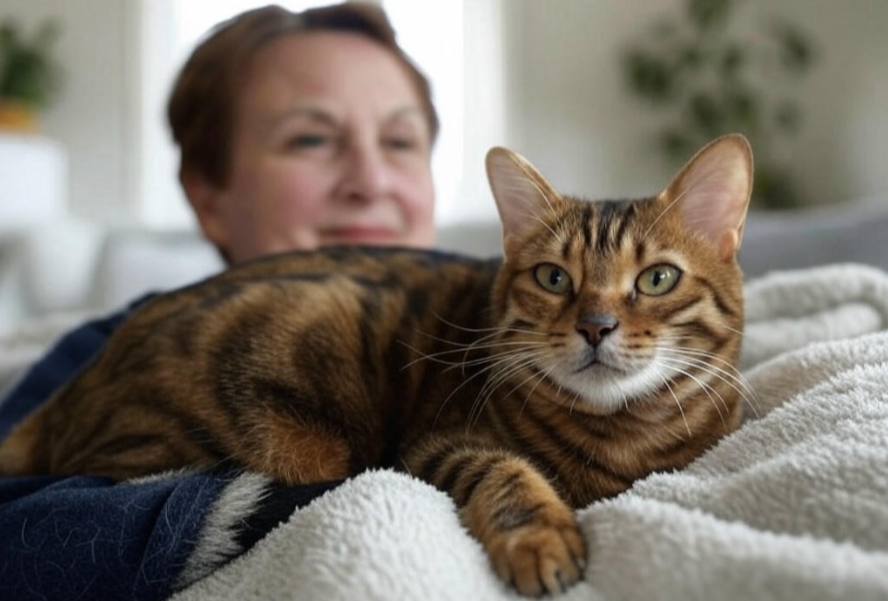
Physical Exercise: Bengals require more activity than the average house cat. A cat wheel helps burn off excess energy, reducing the risk of obesity and related health issues.
Mental Stimulation: Running on a wheel engages your cat’s mind, preventing boredom and destructive behaviors like scratching furniture or excessive meowing.
Stress Relief: Regular exercise helps reduce anxiety and promotes a calmer demeanor, especially in high-energy breeds like Bengals.
Indoor Enrichment: For indoor Bengals, a cat wheel provides a safe way to satisfy their need for speed without escaping to the outdoors.
By understanding these benefits, you’ll be motivated to encourage your Bengal cat to use a cat wheel consistently.
Choosing the Right Cat Wheel for Your Bengal
Before diving into training techniques, ensure you have the right cat wheel for your Bengal. Not all wheels are created equal, and Bengals have specific needs due to their size, strength, and energy levels. Consider the following when selecting a cat wheel:
Size and Stability: Bengals are medium to large cats, so choose a wheel with a diameter of at least 40 inches to accommodate their stride. Ensure the wheel is sturdy and won’t tip over during enthusiastic sprints.
Material: Look for a wheel with a non-slip surface to provide traction. Avoid wheels with gaps where claws could get caught.
Noise Level: Bengals may be startled by loud wheels. Opt for a quiet model with smooth bearings to keep your cat comfortable.
Design: Some wheels come with customizable features like laser pointers or treat holders, which can make training easier.
Popular brands like One Fast Cat, Ziggy Stardust, and Cat in Motion offer wheels tailored for active breeds like Bengals. Investing in a high-quality wheel sets the foundation for successful training.
Step-by-Step Guide to Encourage Your Bengal Cat to Use a Cat Wheel
Training a Bengal to use a cat wheel requires patience, consistency, and an understanding of their curious and reward-driven nature. Follow these steps to make the wheel an irresistible part of their routine.
Step 1: Introduce the Cat Wheel Gradually
Bengals are naturally curious but can be cautious about new objects. To avoid overwhelming your cat, introduce the wheel slowly:
Place the Wheel in a Familiar Space: Set up the wheel in an area where your Bengal already spends time, like near their favorite scratching post or window perch.
Let Them Explore: Allow your cat to approach the wheel at their own pace. Don’t force interaction, as this could create negative associations.
Add Familiar Scents: Rub a blanket or toy your Bengal loves on the wheel to make it smell familiar and inviting.
Step 2: Use Positive Reinforcement
Bengals respond well to rewards, so leverage their love for treats, toys, and praise to encourage wheel use:
Treats: Place high-value treats (like freeze-dried chicken or tuna) on the wheel’s surface to lure your cat. Gradually move treats to encourage stepping onto the wheel.
Toys: Dangle a feather wand or laser pointer near the wheel to spark your Bengal’s prey drive. Move the toy along the wheel to prompt movement.
Clicker Training: If your Bengal is familiar with clicker training, use a clicker to mark and reward any interaction with the wheel, such as sniffing or pawing it.
Step 3: Teach Them to Move the Wheel
Once your Bengal is comfortable stepping onto the wheel, guide them to start moving it:
Gentle Guidance: Hold a treat or toy just out of reach to encourage your cat to take a few steps. Reward even small movements.
Spin the Wheel Slightly: Gently rotate the wheel while your cat is on it to help them understand its motion. Be cautious not to startle them.
Short Sessions: Keep training sessions brief (5–10 minutes) to maintain your cat’s interest without causing frustration.
Step 4: Build Confidence with Repetition
Consistency is key to making the wheel a habit. Bengals thrive on routine, so incorporate the wheel into their daily playtime:
Daily Practice: Schedule short training sessions at the same time each day, ideally when your Bengal is most active (e.g., morning or evening).
Increase Duration: Gradually encourage longer runs by spacing out rewards. For example, reward after 10 seconds of running instead of 5.
Vary Rewards: Mix up treats, toys, and verbal praise to keep your Bengal engaged.
Step 5: Make the Wheel a Fun Destination
To ensure long-term use, transform the wheel into a source of fun and excitement:
Add Interactive Elements: Attach a toy or laser pointer to the wheel for your Bengal to chase while running.
Create a Play Zone: Surround the wheel with other enrichment items like tunnels or climbing trees to make the area a hub of activity.
Involve Yourself: Bengals love bonding with their owners. Run alongside the wheel or cheer them on to make the experience social and rewarding.
Common Challenges and How to Overcome Them
Even with the best intentions, you may encounter obstacles when training your Bengal to use a cat wheel. Here’s how to address common issues:
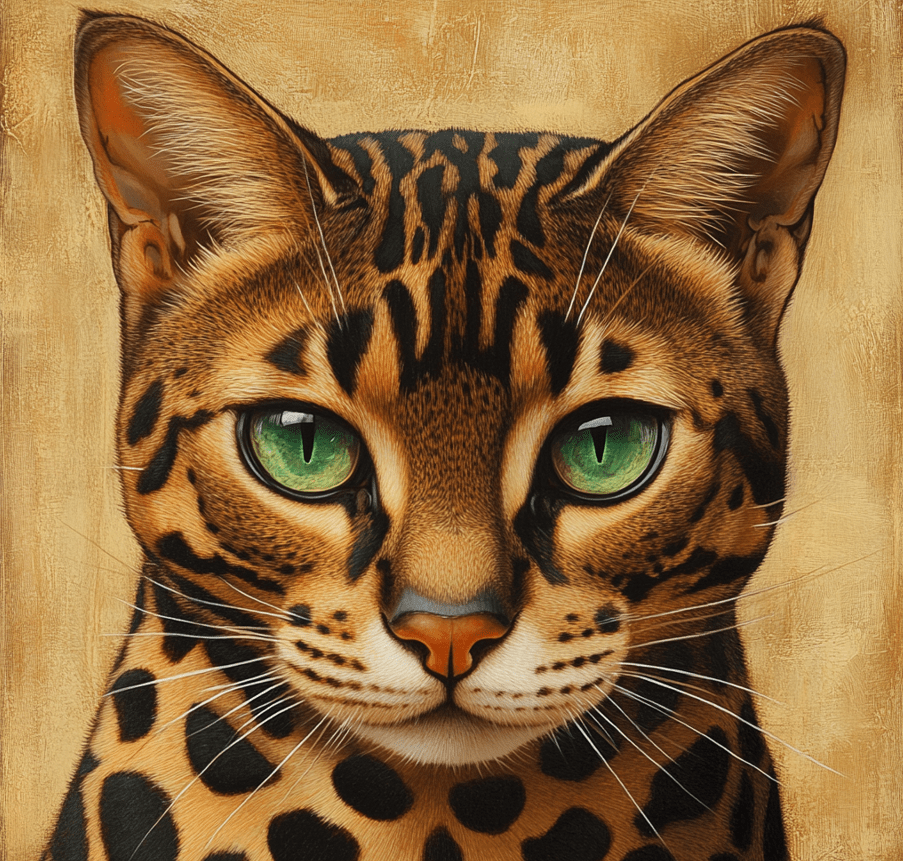
Challenge 1: Fear or Hesitation
Some Bengals may be wary of the wheel’s size or motion. To build trust:
Desensitize Gradually: Let your cat observe the wheel without pressure. Spin it slowly while they watch from a distance.
Use Calming Aids: Products like Feliway diffusers or calming treats can reduce anxiety around new objects.
Reward Curiosity: Praise or treat your cat for any interest in the wheel, even if they don’t step on it.
Challenge 2: Lack of Interest
If your Bengal seems bored or uninterested, reignite their curiosity:
Change the Approach: Try a different toy or treat to find what motivates your cat. For example, switch from a feather wand to a laser pointer.
Vary the Environment: Move the wheel to a new location or rearrange nearby furniture to spark renewed interest.
Incorporate Play: Make the wheel part of a larger play session, transitioning from chasing a toy to running on the wheel.
Challenge 3: Inconsistent Use
Bengals may use the wheel sporadically if it’s not part of their routine. To encourage regular use:
Set a Schedule: Integrate wheel time into your cat’s daily activities, such as after meals or before bed.
Monitor Progress: Keep a log of your cat’s wheel use to identify patterns and adjust training as needed.
Stay Patient: Some Bengals take weeks or months to fully embrace the wheel. Celebrate small victories to stay motivated.
Expert Tips for Long-Term Success
To make the cat wheel a permanent fixture in your Bengal’s life, consider these advanced strategies:
Track Fitness Goals: Use a pet fitness tracker to monitor your Bengal’s activity levels and set goals for wheel use. This can help ensure they’re getting enough exercise.
Rotate Enrichment: Periodically change the toys or treats associated with the wheel to prevent boredom.
Involve Other Pets: If you have multiple cats, train them together. Bengals are social and may be motivated by watching others use the wheel.
Consult a Behaviorist: If your Bengal resists the wheel despite consistent efforts, a feline behaviorist can offer personalized advice tailored to your cat’s personality.
Safety Considerations
While cat wheels are generally safe, keep these precautions in mind to protect your Bengal:
Supervise Early Sessions: Watch your cat closely during initial wheel use to ensure they don’t slip or fall.
Check for Wear and Tear: Regularly inspect the wheel for loose parts or worn surfaces that could pose a hazard.
Avoid Overexertion: Bengals love to push their limits, but too much exercise can lead to fatigue or injury. Limit sessions to 15–20 minutes, especially for kittens or senior cats.
Consult a Vet: If your Bengal has health issues like joint problems or heart conditions, check with a veterinarian before introducing a cat wheel.
Conclusion
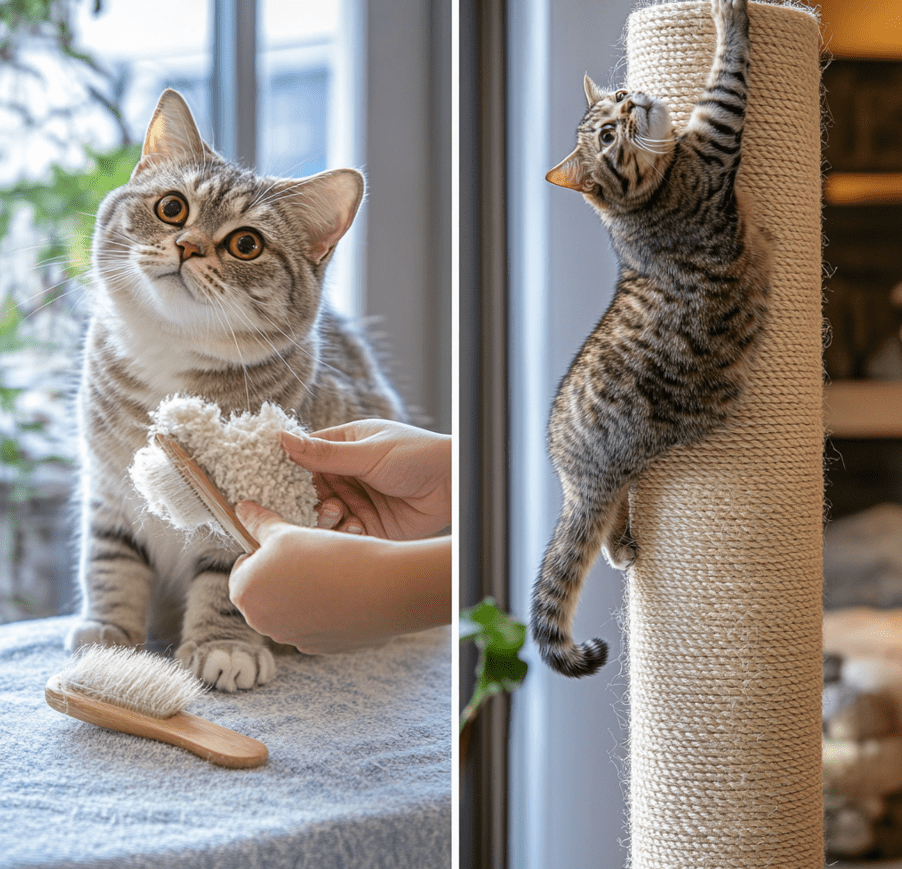
Encouraging your Bengal cat to use a cat wheel is a rewarding journey that enhances their physical health, mental well-being, and overall happiness. By choosing the right wheel, using positive reinforcement, and addressing challenges with patience, you can transform the wheel into your Bengal’s favorite activity. With consistent effort and a touch of creativity, your Bengal will be zooming around their wheel, showcasing their athletic prowess and living their best life.

